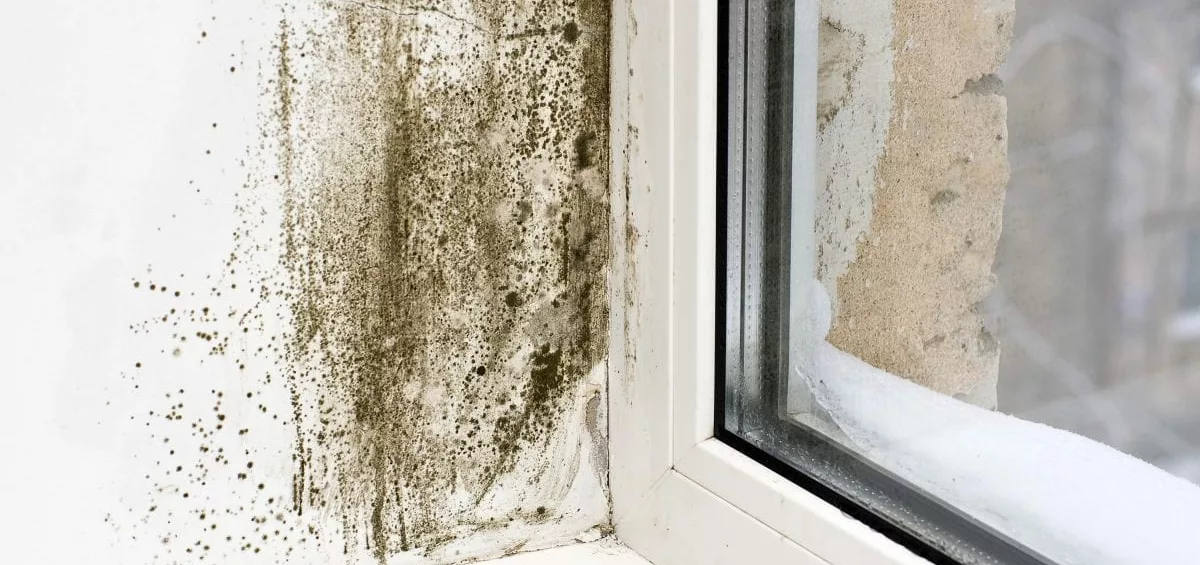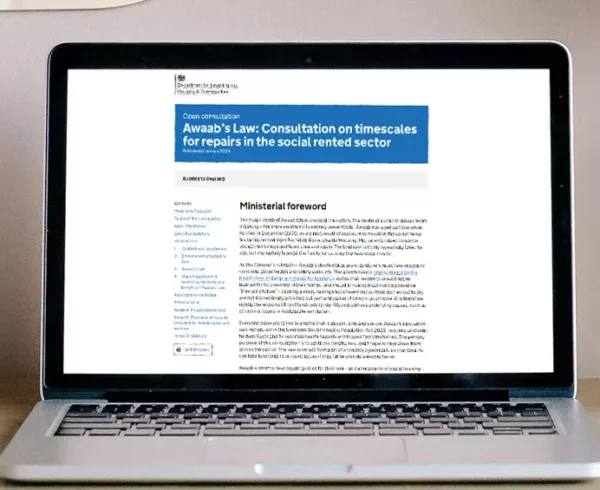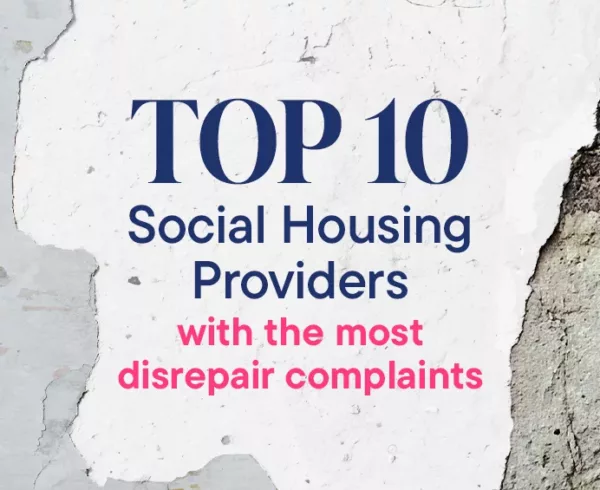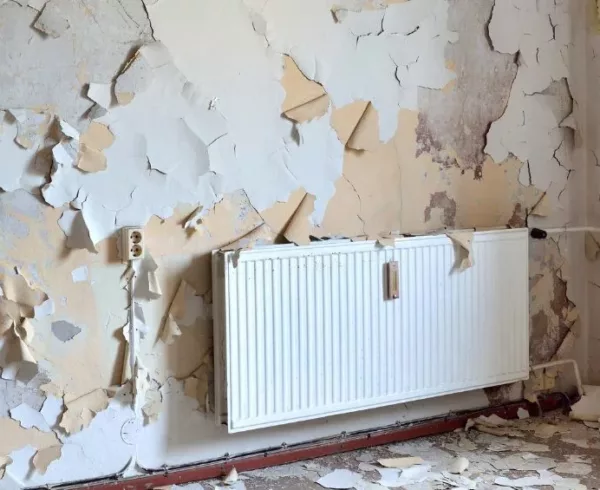Damp and mould growth are common issues which affect many properties. Not only do damp and mould growth negatively impact the visual appeal of a property, they can also affect physical and mental health. We share the primary causes of damp and mould growth and how you can deal with it as a private or social tenant.
WHAT CAUSES DAMP AND MOULD GROWTH?
Damp and mould growth are often caused by excess moisture. However, establishing the cause of the excess moisture is often important in determining whether the damp and mould are a landlord’s responsibility or a tenant’s responsibility. Whilst it may not always be possible, you should attempt to find the cause of the damp and mould growth to better understand whose responsibility it is.
Penetrating Damp
Penetrating damp is the result of water penetrating through the exterior walls and into the interior of a property. This type of damp is often caused by structural issues with a property, such as cracks in the exterior walls, problems with the roof or defective guttering. Penetrating damp can also be caused by leaks.
Signs of penetrating damp can include visible patches of damp or moss growth on the exterior walls of a property, discolouration to the interior walls, blistered plaster and mould. If your property suffers from penetrating damp, it will often be your landlord’s responsibility to rectify this.
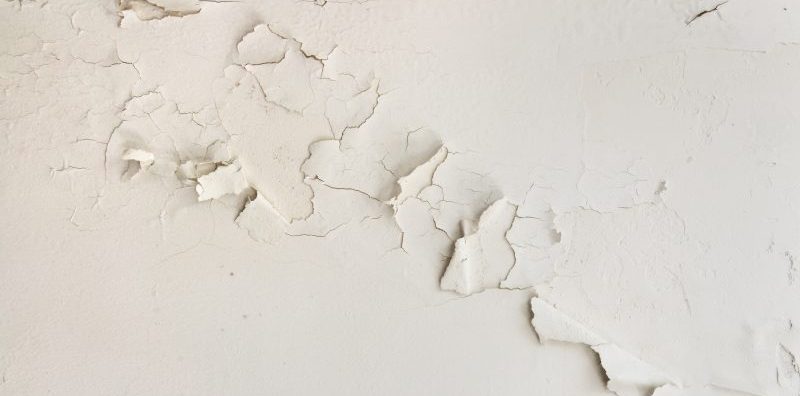
Rising Damp
Rising damp occurs when groundwater rises through the floors and walls of a property. Rising damp often occurs where a property does not have a damp course, or the damp course is defective. Generally, older properties are more likely to be affected by rising damp.
Indications that your property suffers from rising damp would include areas of damp on the interior walls which appear to travel upwards, peeling wallpaper and rotten skirting boards.
If your property suffers from rising damp, it will be your landlord’s responsibility to carry out the necessary repairs for this. Rising damp is often quite difficult to repair and is unlikely to be rectified by re-plastering alone.
Condensation
Condensation is caused by excess moisture meeting a cold surface, such as a window. Condensation often occurs when a property is not ventilated or heated properly, which is a tenant’s responsibility. However, it can also be caused by inadequate ventilation and heating systems or poor insulation, which would be the responsibility of the landlord.
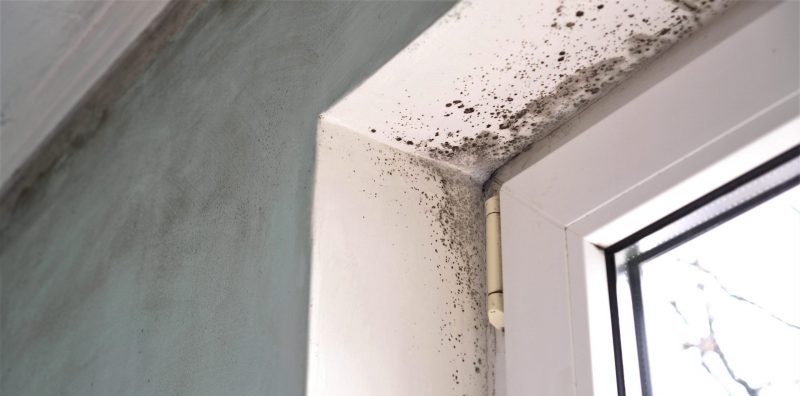
HOW TO PREVENT CONDENSATION AND DAMP
As a tenant, you are expected to take steps to prevent condensation and damp. Tips for preventing this include:
- Opening the windows within your property for fifteen minutes in the morning
- Using extractor fans in the kitchen and the bathroom
- Covering pans when cooking
- If possible, drying washing outside or using a tumble dryer
- Opening the window and closing the door when you are cooking, showering or bathing
- Leaving a gap between your furniture and the wall
- Safely removing mould with mould cleaner where possible
- Keeping your property heated properly
If a property is poorly ventilated, it may also suffer from black mould. This can cause or exacerbate several health issues, such as breathing problems or allergies. If you feel that any of the disrepair issues within your property are creating or exacerbating your health problems, be they physical or mental, it is important that you seek medical advice from your GP.
If issues with mould rise from poor ventilation and heating, this is not your landlord’s responsibility to fix. However, if you are taking the necessary steps to slow growth and you’re still finding black mould, then there are likely to be structural issues or inadequate systems in place that are exacerbating mould growth.
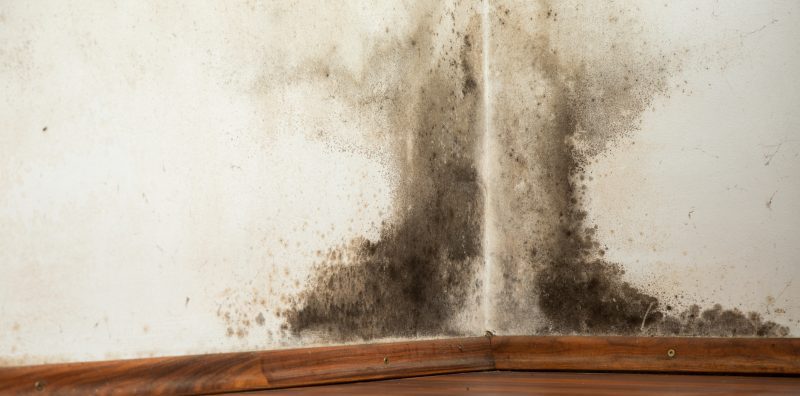
HOW CAN I REMOVE MOULD?
You can scrub mould-affected areas with a mixture of 1qt water and ½ cup of bleach mould cleaner to kill the mould. Using a soft brush, work until signs of mould disappear from the surface. However, if the mould is caused by structural issues or poor ventilation or heating systems, then the mould will quickly grow back.
REPORTING DAMP AND MOULD TO YOUR LANDLORD
You cannot clean or remove damp so it is crucial that, if your property is affected by damp and mould growth, you report this to your landlord as soon as possible.
You should inform your landlord of the disrepair issues, any damage that this has caused to your items and any affect that this has had on your health. If possible, try to report the issues to your landlord in writing (email, letter or text) so that your reporting of the issue can be clearly evidenced.
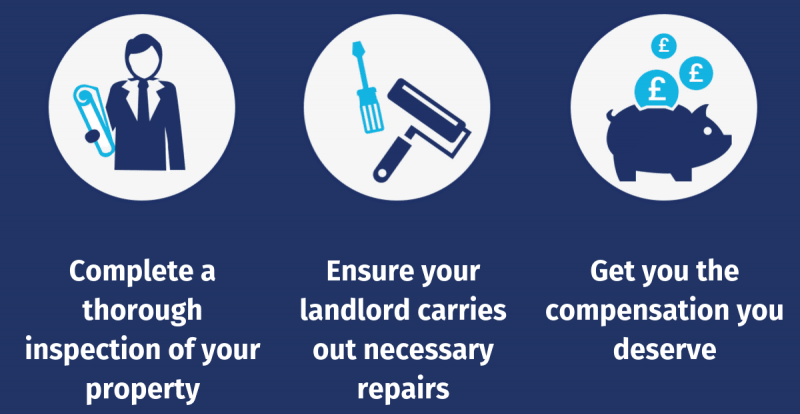
If any of your personal items, such as furniture or clothing, have been damaged as a result of damp and mould growth, you should try to take photographs of this damage.
If the damp and mould growth within your property are either caused by a repair issue or are affecting your health and safety, your landlord has a responsibility to carry out the necessary repairs within a reasonable timeframe.
As well as carrying out necessary repair works, your landlord also has a responsibility to ensure that your property is fit for habitation. If your property suffers with damp and mould growth and your landlord has not taken steps to rectify this, we could potentially assist you in proceeding with a claim against your landlord.


